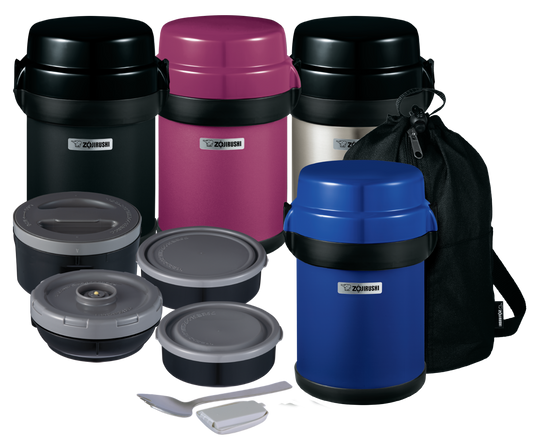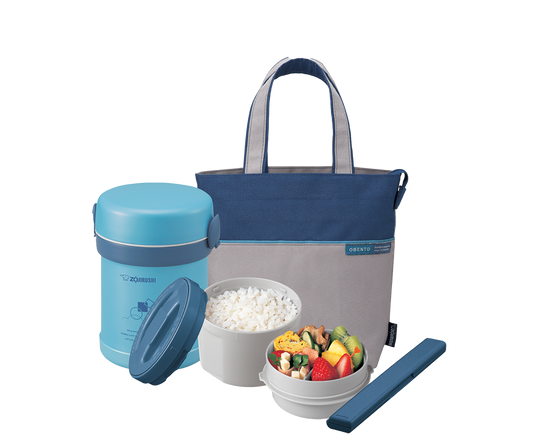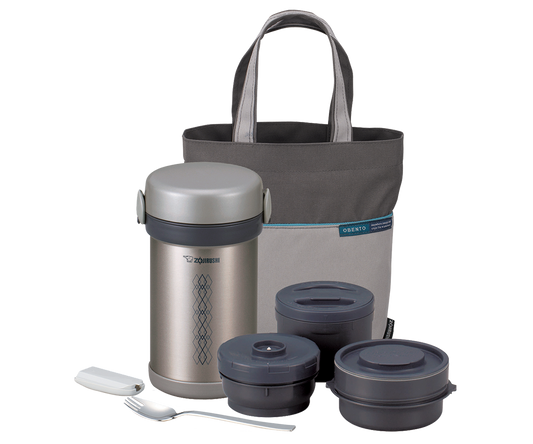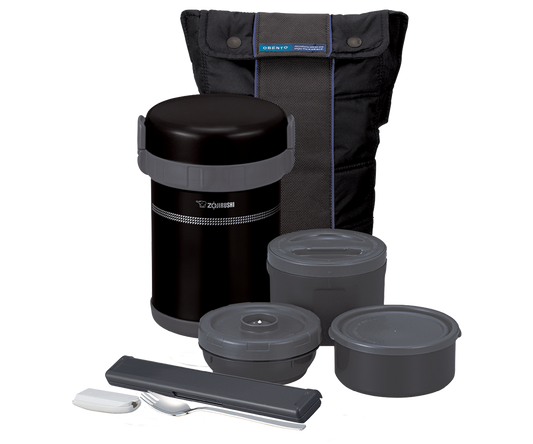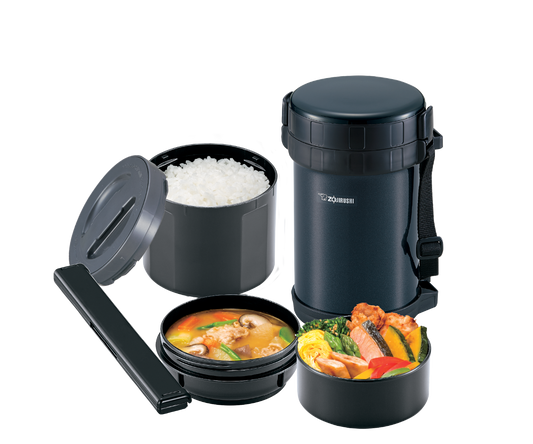This isn’t just a lunch box. We have taken the ageless Japanese bento box and made it more convenient and more useful. Zojirushi lunch jars keep your lunch hot or cold, ideal for places where a microwave or refrigerator may not be available. Each model has 2-4 inner containers to compartmentalize your lunch. You’ll love it!
-
Mr. Bento® Stainless Lunch Jar SL-JBE14
Regular price $80.49 USDRegular priceUnit price per -
Ms. Bento® Stainless Lunch Jar SL-MEE07
Regular price $58.99 USDRegular priceUnit price per -
Ms. Bento® Stainless Lunch Jar SL-NCE09
Regular price $70.49 USDRegular priceUnit price per -
Classic Bento® Stainless Lunch Jar SL-GRE18
Regular price $93.99 USDRegular priceUnit price per -
Classic Stainless Lunch Jar SL-XE20
Regular price $76.49 USDRegular priceUnit price per

What is bento?
Bento, in short, is a Japanese lunch box. But it's much more than just a box. They're nutritious, creative, and beautiful. They represent seasons, events, or even local ingredients, but most importantly they are an embodiment of the thought and care of the person who made the bento. Read more on our blog.

What is vacuum insulation?
Vacuum means the air between the outer and inner layers of stainless steel has been removed to create a vacuum insulation. It blocks heat from transferring through air.
The vacuum layer does not have to be thick, as the absence of air is what's important and not the amount. Zojirushi's vacuum insulation is as thin as 1mm, keeping the unit compact and lightweight without compromising temperature retention.
How do Zojirushi lunch jars keep foods hot (or cold)?
Heat loss happens through 3 methods, and Zojirushi vacuum insulated products use the following methods to block them. Foods stay hot because heat doesn't escape. Foods stay cold because outside heat can't get in.
What are the various bowls for?
Each inner bowl is designed to hold different types of foods, and stack in a specific order into the outer container. Not all models come with all of these containers.

